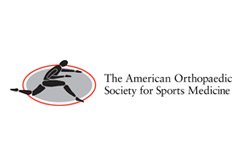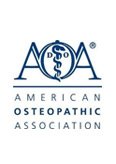Scapula Fracture
Introduction
The shoulder is made up of the clavicle (collar bone), humerus (upper arm) and scapula (shoulder blade). The shoulder is a ball and socket joint where the ball of the upper arm bone articulates with the socket of the shoulder blade called the glenoid cavity. The shoulder blade is a flat triangular bone present on either side of the upper back. It articulates with the other two bones at the glenohumeral joint and acromioclavicular joint to provide stability and mobility to the arm. Scapula fracture refers to a fracture of the shoulder blade.
Causes
Scapula fractures can result from severe trauma such as a motor vehicle accident, a fall from a height, contact sports, a fall on an outstretched arm and direct blow on the shoulder during a fight.
Signs and symptoms
The signs and symptoms of scapula fracture are:
- Severe pain with movement
- Swelling on the back of the shoulder
- Numbness, tingling or weakness of the shoulder and arm
Scapula fractures are rare but can occur with rib or skull fractures and lung or spinal cord injuries.
Diagnosis
To diagnose a scapula, fracture your doctor reviews your medical history and performs a physical examination. Imaging studies including X-rays and a CT scan may be ordered.
Treatment
Scapular fractures can be treated with nonsurgical or surgical intervention depending upon the type of fracture.
Nonsurgical treatment involves immobilizing the shoulder with a sling for 3 to 4 weeks, allowing the bones to heal on their own. Your doctor will prescribe medication to manage your pain. Physical therapy and stretching exercises should be started a week after the injury to reduce stiffness.
Scapular fractures that involve displacement at the glenoid articular surface, or fracture of the scapula neck or acromion process may require surgery to repair.
Surgery is performed to align and hold the displaced bones in their proper anatomical position until they heal. This is achieved with the help of screws and plates. The surgery can be performed traditionally by an open method or by a minimally invasive open reduction internal fixation surgery (ORIF). ORIF surgery as compared to open surgery is done by smaller incisions and thus recovery is much faster.
Surgery is performed to align and hold the displaced bones in the right position until they heal. This is achieved with the help of screws and plates. The surgery can be performed traditionally by an open method or by a minimally invasive open reduction internal fixation surgery (ORIF). ORIF surgery as compared to open surgery is done by smaller incisions and thus recovery is much faster.








